Your Subaru Outback, previously so reliable, isn’t starting as it should. But don’t fret just yet – there are several reasons why it happens, along with solutions.
Why won’t the Subaru Outback start? From my experience with Subaru Outback, there could be several reasons. The most common are:
- Drained/dead battery
- Failing alternator
- Bad starter/faulty starter solenoid
- Steering wheel in lock position
- Disconnected Mass Airflow Sensor.
Let’s dive more into the Subaru Outback key and push button start not working. I’ll go through the potential causes detailing and offer solutions.
Subaru Outback Won’t Start: Common Causes and Solutions
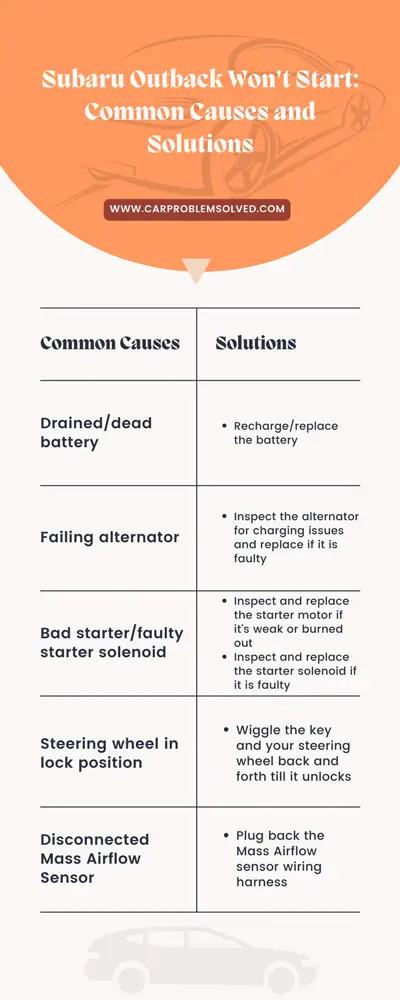
First, let me make one thing clear. Other issues can cause the Subaru Outback not to start. These are:
- Corroded/loose battery terminals and cables
- Empty gas tank
- Spark problems
However, these are issues that require a simple fix and are easy to pinpoint at a glance. So, you want to overrule them first.

Having said that, I’ll look at key issues from personal experience. Apart from personal expertise, I’ll also highlight some experiences from some Subaru Outback owners.
| Common Causes | Solutions |
|---|---|
| Drained/dead battery | Recharge/replace the battery |
| Failing alternator | Inspect the alternator for charging issues and replace if it is faulty |
| Bad starter/faulty starter solenoid | Inspect and replace the starter motor if it’s weak or burned out |
| Inspect and replace the starter solenoid if it is faulty | |
| Steering wheel in lock position | Wiggle the key and your steering wheel back and forth till it unlocks |
| Disconnected Mass Airflow Sensor | Plug back the Mass Airflow sensor wiring harness |
The table shows four potential causes. Nevertheless, these are just highlights. It’s time we get into the details.
1. Drained/Dead Battery
If your 2015–2020 Subaru Outback suddenly fails to start, one likely culprit is a drained battery. Subaru states that your car battery should last 3-5 years. Nevertheless, according to a recent lawsuit against Subaru, these Outback models feature insufficient battery capacity.

Essentially, the batteries are unable to meet the electrical demands of the vehicle when it’s turned off. As a result, the battery can drain prematurely, especially when you leave the lights on overnight or from parasitic draws.
In fact, drained batteries are considered the primary culprit for the Subaru Outback remote start issue. One owner of a 13-month 2020 Outback has this to say, “I have 8000 miles on my SUV, but now it won’t start. However, after hooking up to another vehicle and jump-starting, it started just fine.”
Note that the fact that your Subaru won’t start, but the lights turn on doesn’t indicate a good battery. Even with a drained battery, you’ll usually have interior lights if the ignition is in the ON position. Read on as we’ll cover how to tell if your battery is bad.
2. Failing Alternator
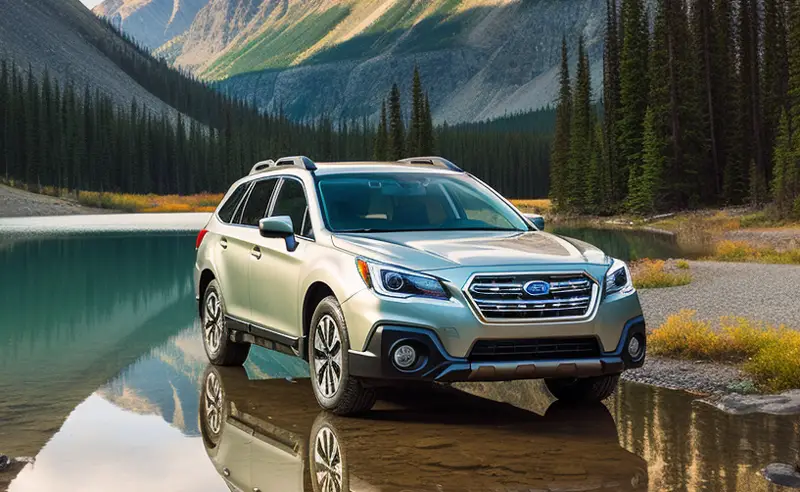
A failing alternator may also be to blame for premature battery drain. After all, the alternator is what charges the battery when the vehicle is running to maintain a constant voltage.
Subaru alternators will typically last around 7 years or for at least 100,000 miles. But how do you tell if your alternator or battery is the culprit? Read on as I’ll cover how to tell which is faulty between the battery and alternator.
3. Bad Starter/Faulty Starter Solenoid
It’s likely that the starter motor has failed and no longer has the power to turn the engine over. This is especially the case if your Subaru won’t start, but the battery is fine.
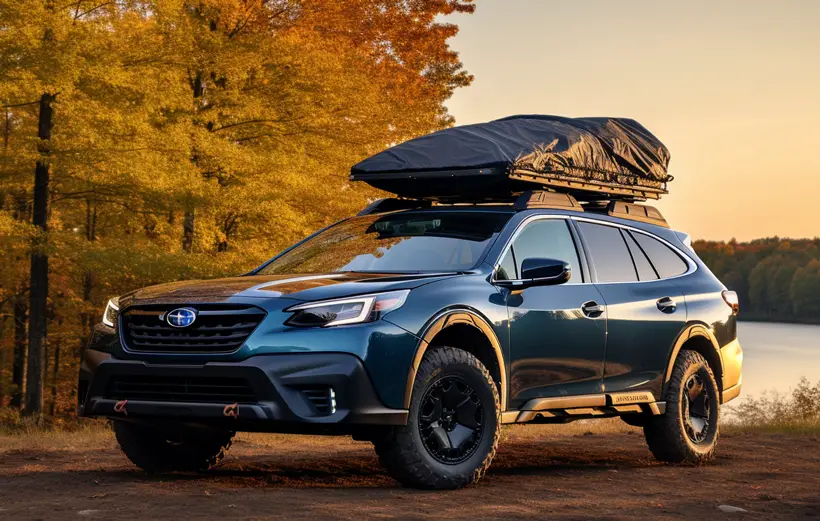
Typically, you want to inspect the following before you assume the starter itself is bad.
| Secondary Causes | Notes |
|---|---|
| Starter solenoid | The solenoid is what engages the starter motor when you turn the key. If it fails, it won’t send power to the starter motor. You’ll only hear a click, but the starter won’t engage. In this case, replace the starter solenoid. |
| Starter fuse | The fuses in the starter circuit can blow, preventing power from reaching the starter. Typically, a gap in the fuse wire or metallic smear in the fuse housing indicates a blown fuse. Replace the fuse if blown. |
| Starter wiring | Electrical connections to the starter may become loose or corrode over time. This causes intermittent issues or no-start conditions. Ensure tight connection and replace corroded wires. |
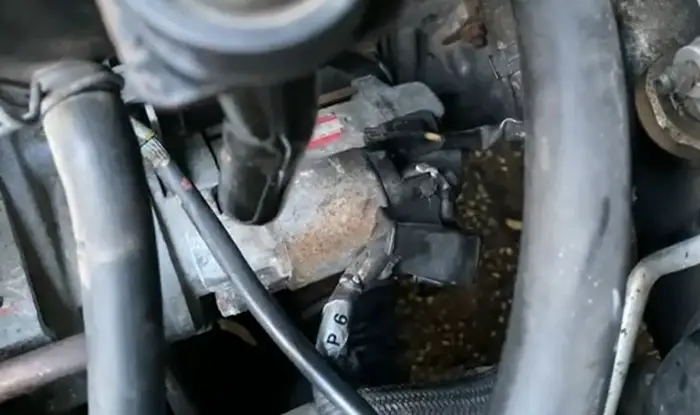
Often, with a failed starter, you won’t hear your vehicle crank when trying to start it.
Solution:
The solution for a failed starter motor is to replace it with an identical new one. Remove the old starter and replace it with the new one in reverse order. However, before you attempt this, ensure the engine is fully cooled.
4. Steering Wheel In Lock Position
Check to see if the steering wheel lock is engaged. Newer Subaru models won’t start with the steering wheel locked. The lock will often engage if you turn the wheel far left or right with the ignition key out.
Basically, the ignition system and the steering lock of your Subaru Outback are interlinked – the same as in other vehicles. So, a failure of the steering wheel to unlock can manifest as an inability to start the vehicle.
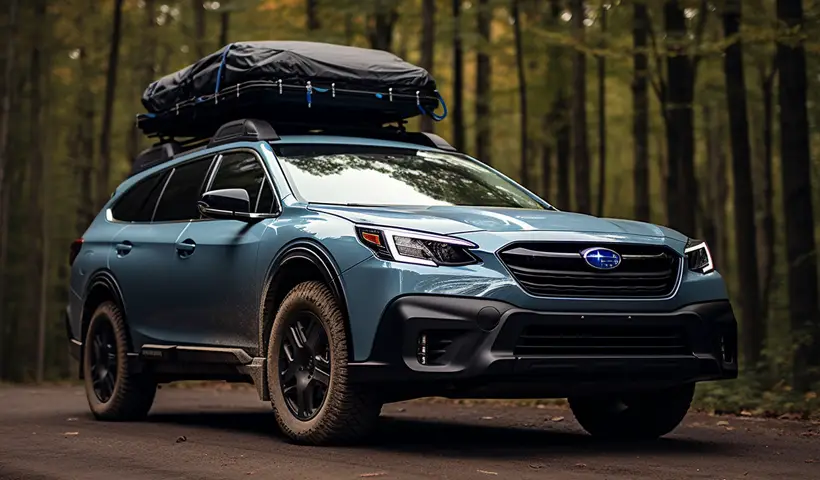
Solution:
Here’s a step-by-step process for unlocking a Subaru Outback steering wheel:
- Step 1: Insert the key into the ignition, turning it to the ON position.
- Step 2: Firmly push down on the brake pedal, keeping it pressed
- Step 3: With the brake pedal down, wiggle the key back and forth about a quarter turn between ON and LOCK positions.
- Step 4: While at it, gently but firmly wiggle your steering wheel back and forth. Essentially, the idea is to turn the wheel 5 to 10 degrees in each direction.
- Step 5: One side should give slightly more than the other. Lean harder on that side and continue turning the key and wiggling the wheel. Eventually, the wheel should snap free from the lock and turn freely.
Once unlocked, turn the key fully to the START position. This should start the engine as normal.
5. Disconnected Mass Airflow Sensor
The MAF sensor and the ECU work hand in hand for proper fuel injection and ignition. Most vehicles will typically start with the MAF sensor disconnected, albeit with symptoms like stalling and rough idling.
Nevertheless, there are exceptions. A disconnected MAF sensor harness can cause your Subaru Outback to not start. From my experience, this is a pretty isolated case. Nevertheless, it’s one that’s worth consideration.

Solution:
Fixing the problem is as easy as plugging back the wiring harness. Also, check for any chafed or corroded wires in the process. If any, replace them with new wires.
Bad Battery Or Bad Alternator: How To Tell?
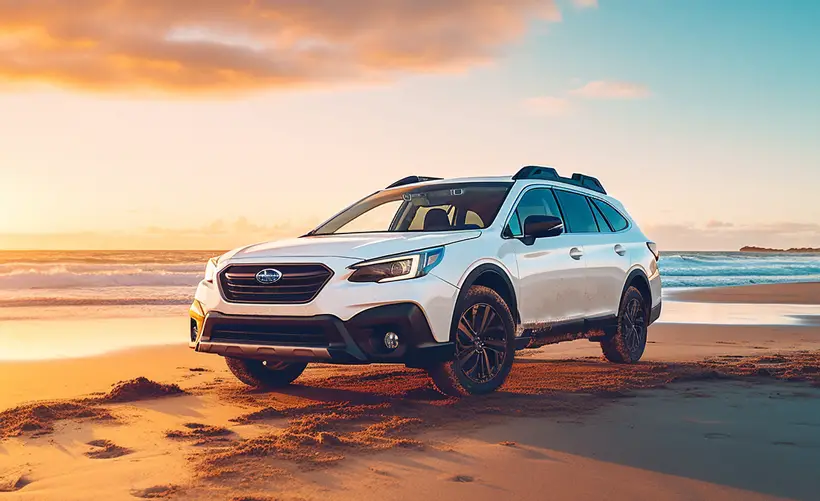
As I promised earlier, I’ll give you tips on how to tell if your Outback alternator or battery is bad. Before I proceed, here are some highlights of a healthy battery and alternator. Primarily, each has to meet these requirements.
| Battery | Alternator |
|---|---|
| 12.4-12.6 volt multimeter readings at rest indicate a healthy battery. | 14-14.7 volt multimeter readings while running indicate a good alternator |
| Below 12-volt readings at rest indicate a faulty battery. | Below 14 volts while running indicates a failing alternator |
Essentially, the best approach would be to start with a battery test. After all, you can’t get the alternator’s charge output unless it’s running.
So, your Subaru Outback has to start for the alternator to charge. Your best bet – jumpstart your vehicle. Once you have your alternator running, turn on all the accessories. Next, hook your multimeter to your battery to measure the charge coming from the alternator.
Primarily, our key points are-
- Battery voltage below 12 = battery issues
- Alternator voltage below 14 = alternator issues
- Normal alternator voltage but drained battery = battery issue
Here’s a video for alternator/battery testing and how to jump-start the Subaru Outback.
FAQs
Let’s answer common questions related to “Subaru Outback won’t start.”
A couple of reasons may explain this. Top of the list are battery issues, spark problems, and an empty gas tank. Also, it may be that your starter motor is weak. In the case of a weak starter motor, you’ll only hear a loud single click.
Turn off the car and locate the reset button on the left side of the dashboard. Press and hold the button for 20 seconds, and at the same time, insert and turn the key to the “ON” position. Hold the button for 5 more seconds and release. Turn the key to “OFF,” remove it, wait 10 seconds, and start the engine. This should reboot and reset any errors.
Several things can damage the starter solenoid. It can be overloading from running the starter too long or a high current drawn from a weak battery. Wiring issues causing excessive heat buildup, physical damage from impact and vibrations, and wear and tear over many years of use are other possible causes.
Conclusion
That wraps up the five common reasons why your Subaru Outback won’t start. However, the list is by no means exhaustive. Other secondary issues, like spark problems and an empty fuel tank, might be the cause.
Hopefully, targeting tests around these common causes will help you pinpoint the issue. Note that if you run into technical issues beyond your comfort level, call in a certified Subaru mechanic for diagnosis and repair.

